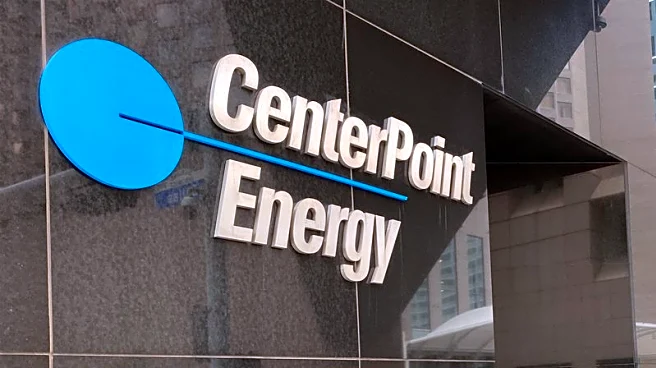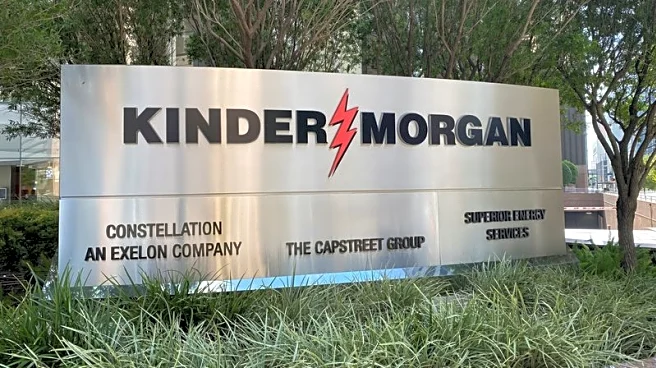What's Happening?
CenterPoint Energy, a major utility provider, has announced a significant forecast for its Houston electric service territory, predicting a nearly 50% increase in peak load demand by 2031. This projection
translates to an additional 10 gigawatts (GW) of demand over the next six years. The company serves over 7 million customers across Indiana, Minnesota, Ohio, and Texas, with nearly 3 million in the Houston area alone. The anticipated growth is driven by strong demand from sectors such as data centers, energy refining, and the Port of Houston, which has seen an 18% increase in exports quarter-over-quarter. CenterPoint has already connected more than 500 megawatts (MW) of data centers this year. The utility's capital investment plan, which includes at least $65 billion, is expected to support this growth, with an additional $10 billion in potential investment opportunities identified.
Why It's Important?
The projected increase in electricity demand in Houston underscores the region's rapid economic growth and diversification. This surge in demand is expected to fuel significant capital investments, which could bolster the local economy and create job opportunities. For CenterPoint Energy, this growth supports a strong investment profile and is likely to drive earnings growth, with a projected compound annual growth rate of over 11% through the end of the decade. However, the increased demand also poses challenges, such as the need for infrastructure upgrades and potential environmental impacts. Stakeholders, including local governments and businesses, will need to address these challenges to ensure sustainable growth.
What's Next?
CenterPoint Energy plans to continue its capital investment strategy to meet the rising demand, with a focus on expanding infrastructure and enhancing service reliability. The company is likely to engage with local authorities and industry partners to facilitate these developments. As the demand for electricity grows, there may be discussions around energy efficiency measures and renewable energy integration to mitigate environmental impacts. Additionally, regulatory bodies may need to consider policies that support sustainable growth while addressing the needs of consumers and businesses.














